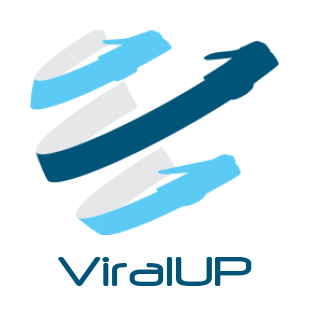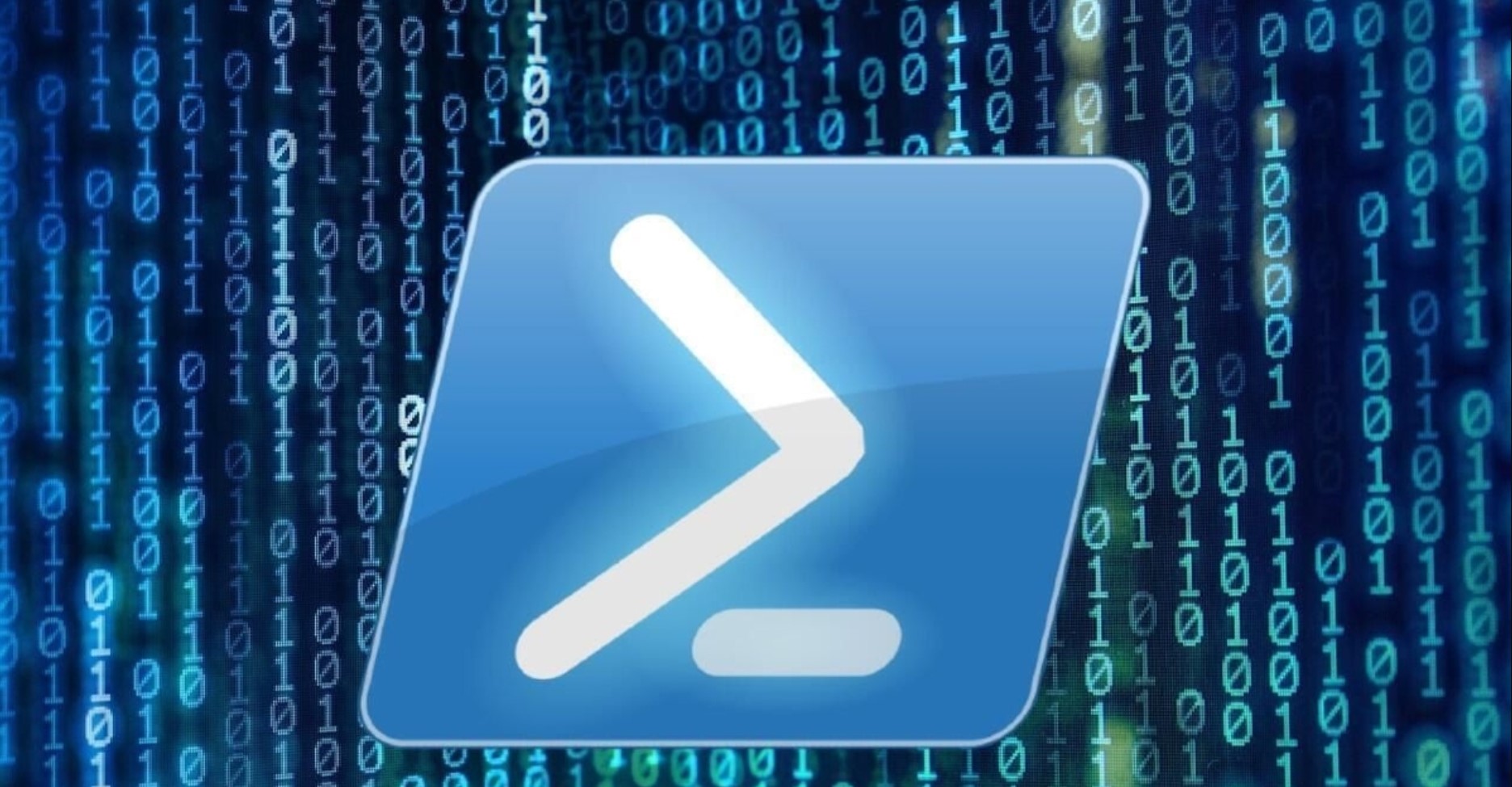Welcome to the world of Windows PowerShell: Automation and Scripting. In this article, we will delve into the exciting realm of PowerShell, a command-line shell and scripting language developed by Microsoft. Whether you are a system administrator, a developer, or simply someone interested in streamlining tasks and automating processes, PowerShell offers a powerful and flexible solution. Let’s explore the ins and outs of PowerShell and how it can revolutionize your workflows.
Understanding PowerShell: Automation and Scripting
Windows PowerShell is a task-based command-line shell and scripting language designed for system administration and automation purposes. It was first introduced in 2006 and has since become an integral part of Windows operating systems. PowerShell is built on the .NET framework, providing access to a wide range of system functions and services, making it a robust and versatile tool for managing various tasks.
The Advantages of PowerShell
PowerShell offers numerous advantages that make it a preferred choice for automation and scripting tasks:
1. Versatility and Flexibility
PowerShell supports various automation tasks and can interact with a wide range of services, applications, and systems, both locally and remotely. Its ability to handle complex operations and diverse scenarios makes it a valuable asset for IT professionals.
2. Improved Productivity
With PowerShell, you can automate repetitive tasks and streamline workflows, reducing the time and effort required for manual interventions. By automating routine operations, you free up valuable resources for more critical and creative endeavors.
3. Simplified Scripting
PowerShell’s intuitive and straightforward scripting language enables users to write scripts efficiently. The language is easy to learn, making it accessible to both beginners and seasoned professionals.
4. Command-Line Interface (CLI) Capabilities
PowerShell’s CLI allows users to interact with the system and execute commands directly. It empowers administrators to perform tasks quickly and efficiently through simple commands.
5. Extensibility
PowerShell’s extensibility through modules and scripts allows users to expand its functionalities and tailor it to specific needs. There is a vast community of PowerShell enthusiasts who contribute to a library of scripts and modules.
Key Concepts in PowerShel
| Concept | Description | Example |
| Cmdlets (Commandlets) | Cmdlets are small, specialized commands in PowerShell that perform specific tasks. They follow the Verb-Noun naming convention. For example, “Get-Process” retrieves a list of running processes. | Get-Service – Retrieves information about services. |
| Providers | PowerShell Providers allow users to access data stores, such as the file system, registry, and certificates, like a hierarchical file system. This simplifies managing system aspects using familiar commands. | Get-ChildItem – Lists files and directories. |
| Pipelining | Pipelining allows chaining cmdlets together, passing the output of one cmdlet as input to another. This enhances script efficiency and flexibility. | `Get-Process |
- Cmdlets (Commandlets): Cmdlets are the fundamental building blocks of PowerShell. They are small, specialized commands designed to perform specific tasks. In PowerShell, cmdlets follow the Verb-Noun naming convention, such as “Get-Process” or “Set-Item.” These cmdlets can be used in sequence to accomplish complex operations. For example, the cmdlet “Get-Service” retrieves information about services running on a computer.
- Providers: PowerShell Providers allow users to interact with data stores, including the file system, registry, and certificates, as if they were a hierarchical file system. This means users can use familiar commands to manage various aspects of the system. For instance, the cmdlet “Get-ChildItem” is used to list files and directories in the file system.
- Pipelining: Pipelining is a powerful feature in PowerShell that allows users to chain cmdlets together. It involves passing the output of one cmdlet as the input to another, enabling more efficient and flexible scripting. For example, using the pipeline operator (|), you can filter processes based on CPU usage greater than 50% as shown in the example above.
These key concepts form the foundation of PowerShell and enable users to harness its automation and scripting capabilities effectively. Understanding and utilizing these concepts will empower you to perform a wide range of tasks efficiently and automate complex processes.
Harnessing the Power of Windows PowerShell
▪ 1. PowerShell for System Administration
- PowerShell’s automation capabilities are a boon for system administrators. Tasks such as managing users, configuring network settings, and handling Active Directory operations can be streamlined through PowerShell scripts.
▪ 2. Scripting for Software Development
- Developers can leverage PowerShell to automate build processes, deploy applications, and manage development environments. Its seamless integration with .NET and other technologies makes it an excellent choice for software-related tasks.
▪ 3. Managing Azure Resources
- PowerShell is widely used in the cloud computing realm, particularly in managing Azure resources. Administrators can interact with Azure services and perform various tasks related to cloud infrastructure.
▪ 4. Task Scheduler and Automation
- PowerShell scripts can be scheduled to run automatically, allowing for hands-free, scheduled task execution. This feature is invaluable for backup routines, maintenance, and monitoring processes.
▪ 5. Remote Management
- PowerShell’s ability to execute commands remotely makes it a valuable tool for managing multiple systems across a network. This capability enables administrators to perform tasks on remote machines without requiring physical access.
Common FAQs about PowerShell: Automation and Scripting
Q: What is the difference between Windows Command Prompt and Windows PowerShell?
A: While both the Windows Command Prompt and Windows PowerShell are command-line interfaces, PowerShell offers more advanced features, better scripting capabilities, and is built on the .NET framework, making it more powerful and versatile.
Q: Can I use PowerShell on non-Windows platforms?
A: Yes, Microsoft has made PowerShell open-source, and it is available for Linux and macOS platforms, allowing users to take advantage of its capabilities beyond the Windows ecosystem.
Q: Is PowerShell difficult to learn for beginners?
A: While PowerShell may seem daunting initially, it is considered one of the more accessible scripting languages. Numerous online resources, tutorials, and sample scripts are available to help beginners get started.
Q: How can I update PowerShell to the latest version?
A: PowerShell updates are generally included in Windows updates. However, if you need to download the latest version, it is available from the Microsoft website or through the PowerShell GitHub repository.
Q: Are there any security risks associated with using PowerShell?
A: Like any powerful tool, PowerShell can be misused if not properly secured. It is essential to restrict access and follow best practices to prevent unauthorized use and potential security breaches.
Q: Can I contribute my PowerShell scripts to the community?
A: Yes, the PowerShell community actively encourages contributions. You can share your scripts, modules, and ideas on various platforms like GitHub and PowerShell Gallery.
In conclusion, Windows PowerShell: Automation and Scripting is a game-changer for system administrators, developers, and anyone seeking to automate tasks and streamline workflows. With its flexibility, extensibility, and robust features, PowerShell has become an indispensable tool in the IT landscape. Embrace the power of PowerShell and unlock a world of automation possibilities.
Remember, practice makes perfect, so don’t hesitate to experiment and build your PowerShell scripts!

